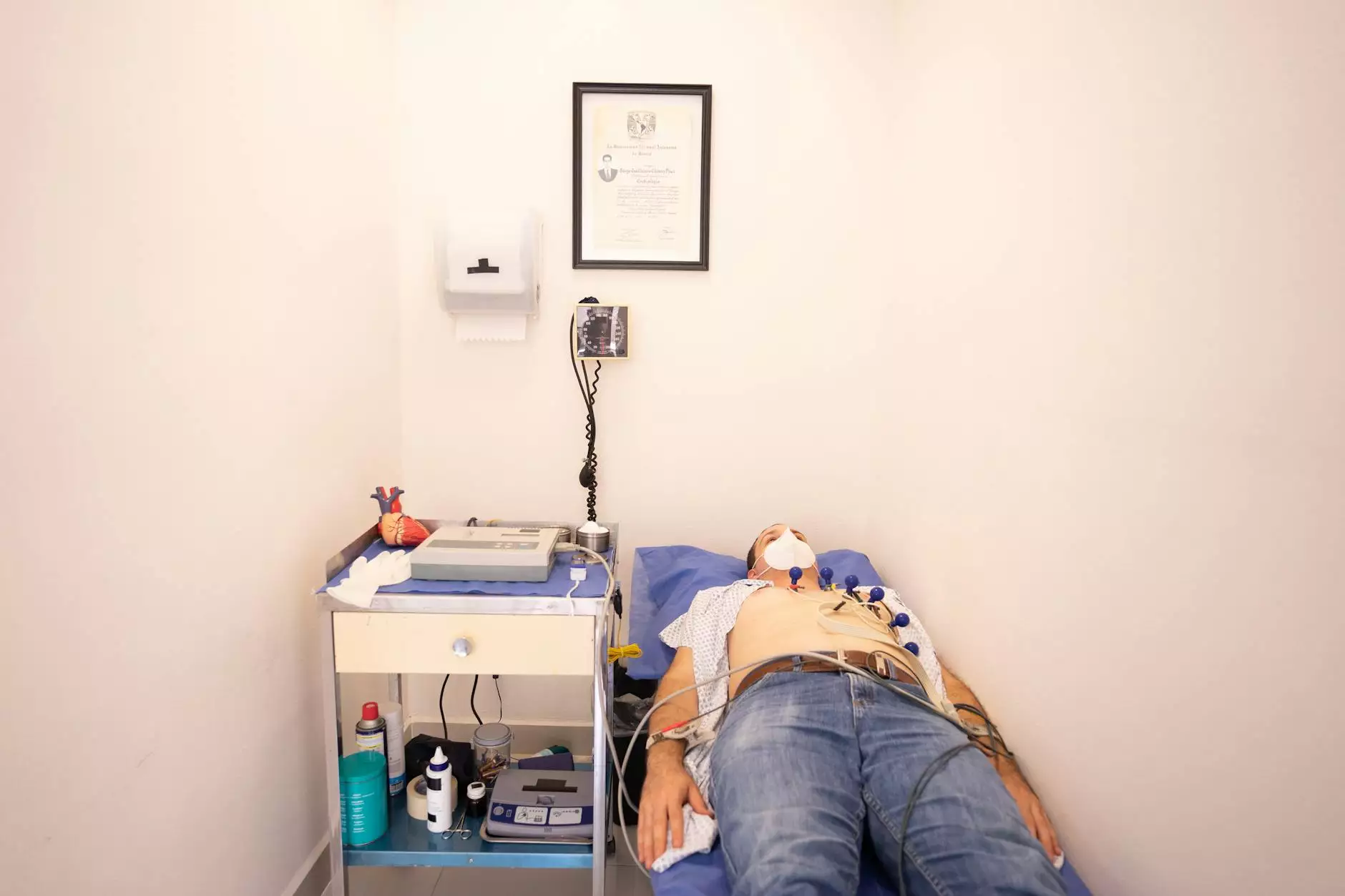5 Quick Tips for Checking Your Dog's Vital Signs
Checking Dog's Vital Signs
Welcome to Exotico Savannahs, your trusted source of information for all things pets and animals - specifically, pets. In this comprehensive guide, we will be providing you with 5 quick tips on how to check your dog's vital signs. By regularly monitoring their temperature, heart rate, and other important indicators, you can ensure that your furry friend is healthy and thriving.
Why Checking Your Dog's Vital Signs is Important
As responsible pet owners, it's crucial to keep a close eye on your dog's overall health. Regularly checking their vital signs can help you identify any potential issues early on, enabling you to seek necessary treatment promptly. This simple act of vigilance can make a significant difference in your dog's well-being and quality of life.
Tip 1: Monitoring Temperature
One of the essential vital signs to check in your dog is their body temperature. A healthy dog typically maintains a temperature between 101 and 102.5 degrees Fahrenheit (38.3 to 39.2 degrees Celsius). In order to measure your dog's temperature accurately, you'll need a digital rectal thermometer specifically designed for pets. Lubricate the tip with petroleum jelly, gently lift your dog's tail, and insert the thermometer into their rectum. Hold it in place for about one minute before removing and checking the reading.
Tip 2: Assessing Heart Rate
The heart rate of a dog can provide valuable insights into their overall cardiovascular health. To check your dog's heart rate, place your hand on their chest, just behind their left elbow. You should be able to feel their heartbeat. Using a timer or stopwatch, count the number of beats you feel within 15 seconds and multiply that by four to get their heart rate per minute. A healthy dog's heart rate generally falls between 60 and 120 beats per minute, depending on their breed and size.
Tip 3: Observing Respiratory Rate
The respiratory rate refers to the number of breaths a dog takes within a minute. Monitoring this vital sign can help you identify any potential respiratory issues early on. To assess your dog's respiratory rate, observe their chest rise and fall for one minute. A healthy dog typically has a respiratory rate between 10 and 30 breaths per minute. Note that smaller breeds may have slightly faster respiratory rates compared to larger breeds.
Tip 4: Checking Gum Color and Moisture
The color and moisture of your dog's gums can serve as indicators of their overall health. Lift your dog's upper lip gently and examine their gums. A healthy dog should have pink-colored gums that feel moist to the touch. If you notice any paleness, blue or yellow discoloration, or dryness, it may be a sign of an underlying health issue, and you should consult with your veterinarian.
Tip 5: Assessing Capillary Refill Time
Capillary refill time is a measure of the time it takes for blood to flow back into capillaries after applying pressure to the gums. To check this, press your finger against your dog's gum until it turns white. Release the pressure and count how long it takes for the gum to return to its normal pink color. In a healthy dog, capillary refill time should be less than two seconds. Prolonged refill time could indicate reduced blood flow and potential health concerns.
Conclusion
Caring for your dog's health involves more than just providing food, water, and exercise. Regularly checking their vital signs is an essential part of being a responsible pet owner. By following the 5 quick tips outlined in this guide, you can ensure that you are proactive in monitoring your dog's overall well-being. Remember, early detection and prompt medical attention can make all the difference in maintaining their health and happiness.




